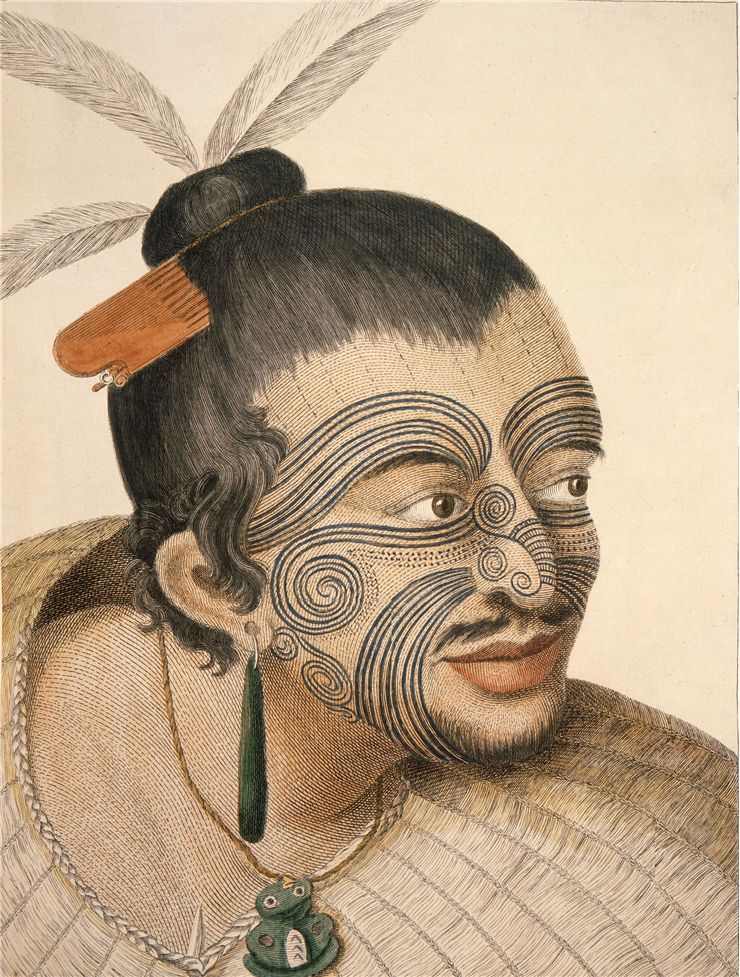History of Tattooing - View of Tattooing History
Tattoo is a type of body modification known for thousands of years. To create it, people insert ink into the dermis layer of the skin which changes color of the skin pigment and stays there for a long time. People tattoo themselves for many different reasons.
Practice of tattooing (a process of applying a tattoo on a skin) is very old. Oldest found evidence that people tattooed each other dates from Neolithic times. Ötzi the Iceman, a well-preserved natural mummy from the 4th millennium BC found in the Ötz valley in the Alps, has carbon tattoos in the shape of dots and lines. Mummy of Amunet from ancient Egypt and the mummies at Pazyryk on the Ukok Plateau in southwestern Siberia also have tattoos on them. There is also evidence that Pre-Christian Germanic, Celtic and other tribes from central and northern Europe also had tradition of tattooing. The Picts, peoples who lived in eastern and northern Scotland, were famous for their black and blue tattoos.
While other considered tattoos marks of pride, other saw them as barbaric. Ancient Chinese used to tattoo a symbol for “Prisoner” on the faces on convicted criminals and continued to do so until18th or 19th century. That didn't prevented tattooing to spread and create meaning of its own. Marco Polo found tattooing alive and well in Northern India and India, even today, has a tradition of making temporary tattoos with henna. Legend says that Yue Fei, a famous Chinese general during the Song dynasty, had a tattoo across his back that said "Repay the Country with Pure Loyalty" and that it was tattooed there by his mother.
Other civilizations also invented tattooing probably independently. Peoples of Philippines used tattooing as a marking of rank and accomplishment. In Egypt tattoos were mainly worn by women and these tattoos represented class, religious devotion they were worn as a method of healing, and as a form of punishment.
Tattoo waned in Europe under Christianity because it considered tattooing barbaric but it never disappeared completely. When the oceanic voyages and imperial conquests began in 16th century, travelers often brought home tattooed natives from the land they visited. When Captain James Cook made his voyages to the South Pacific he noted his observations about the indigenous body modifications and brought word “tattoo” into English and other languages. Tattooing, in the Old World and Americas, became popular among sailors and they were methods of self-expression as much as method of identification (in life as well as in death). By the 19th century, tattooing was popular among commoners and crowned heads alike. Although it was associated with lower classes in the 20th century it became mainstream again in the Western world in 1970s and is today common among both sexes, across all economic classes, and people of all ages tattoo themselves. There are tattoo parlors which tattoo people professionally and with great skill and people today wear tattoos that often tell much about them or are there as a memento of things they want to remember.
